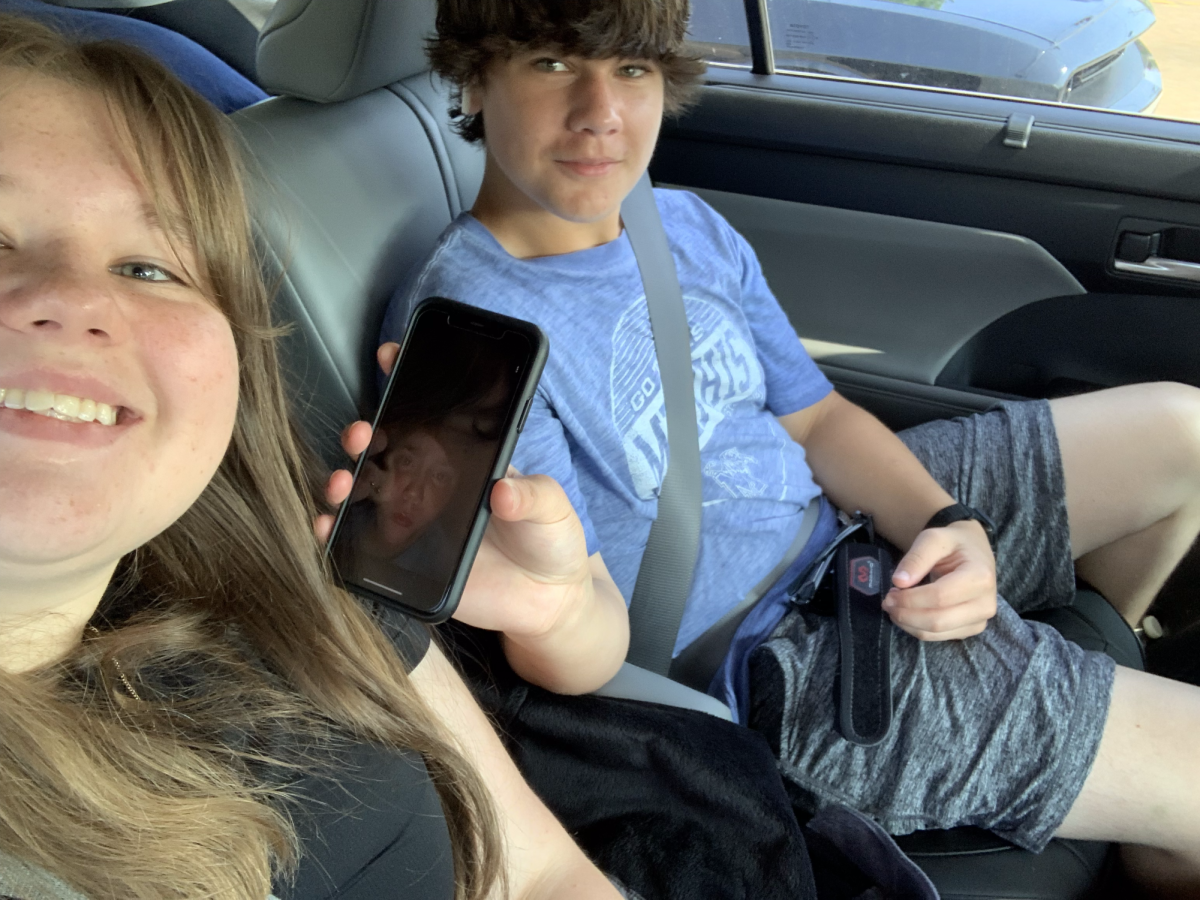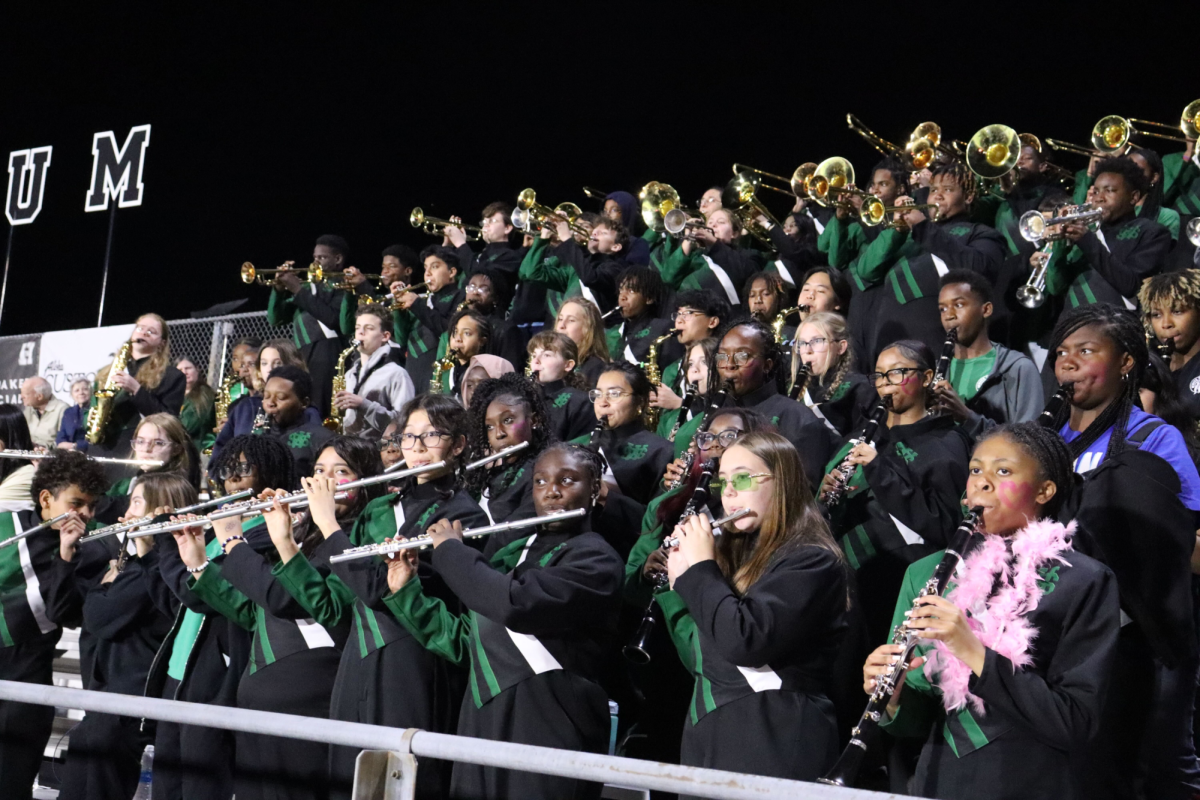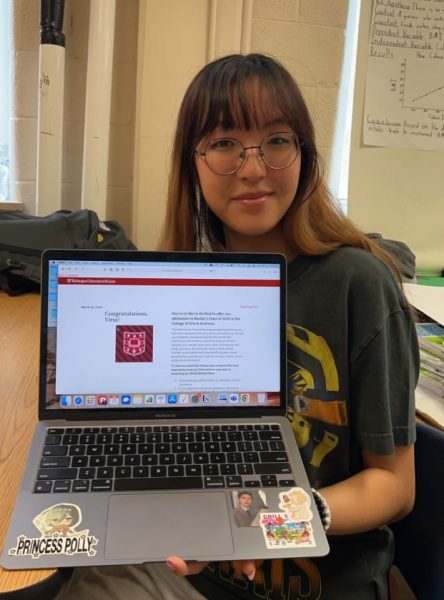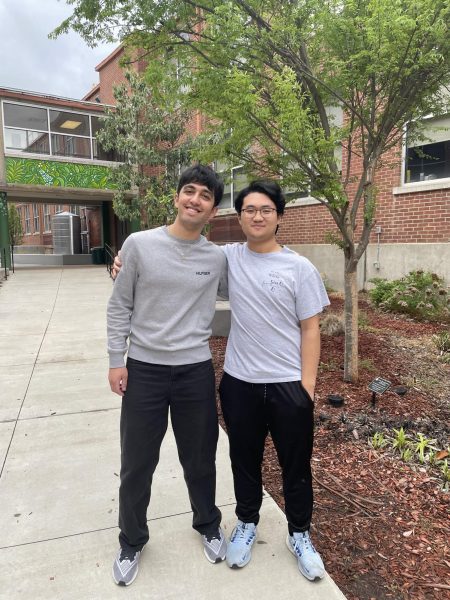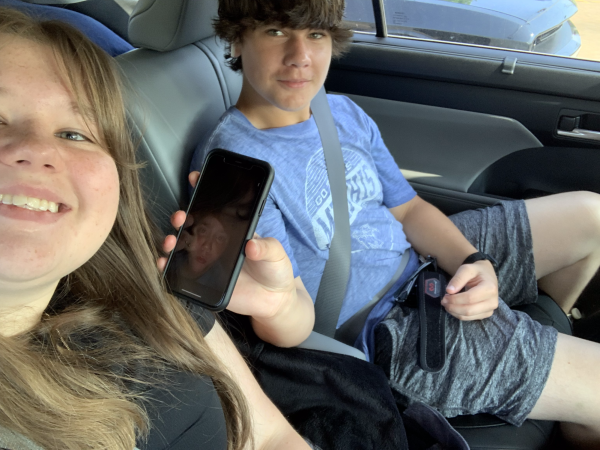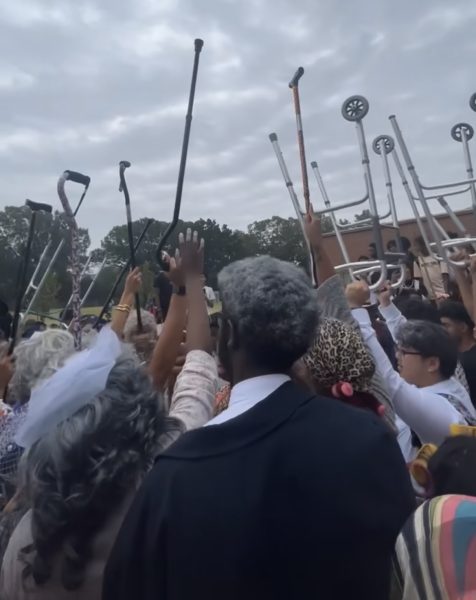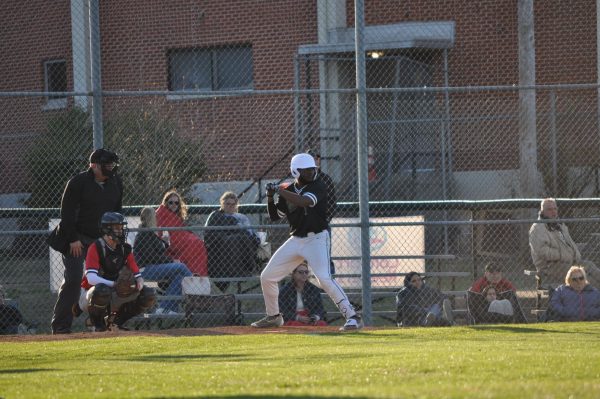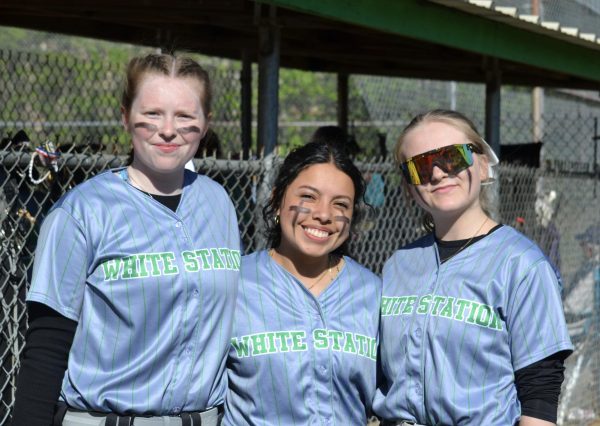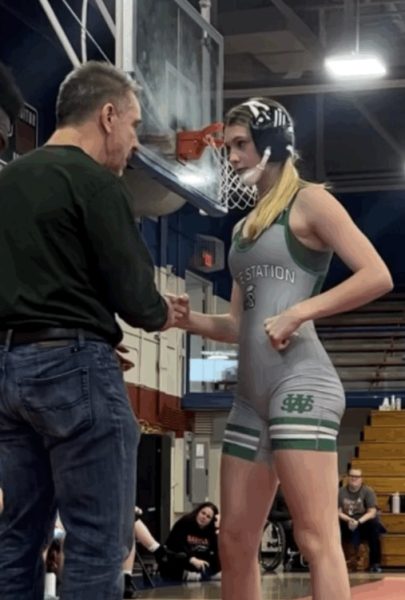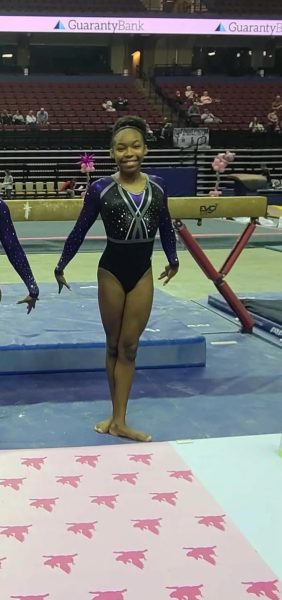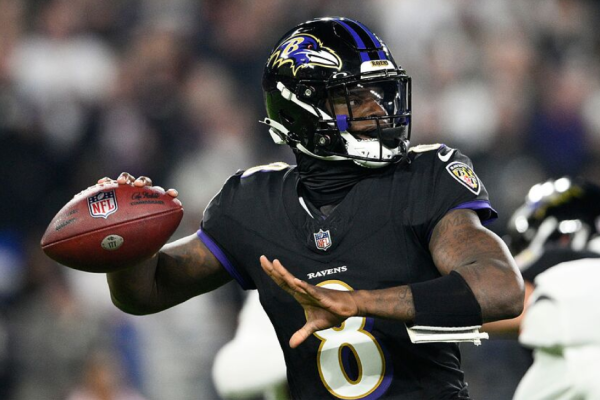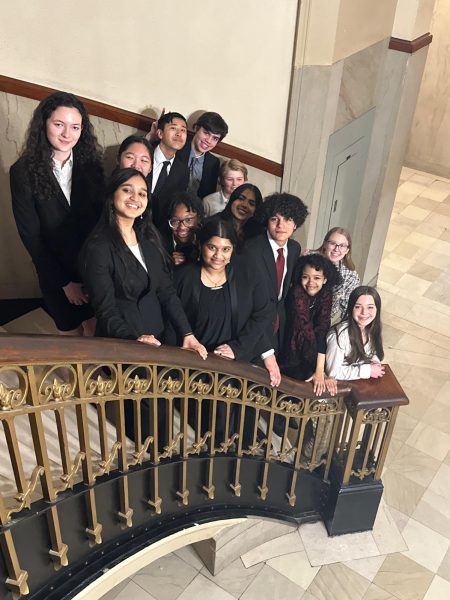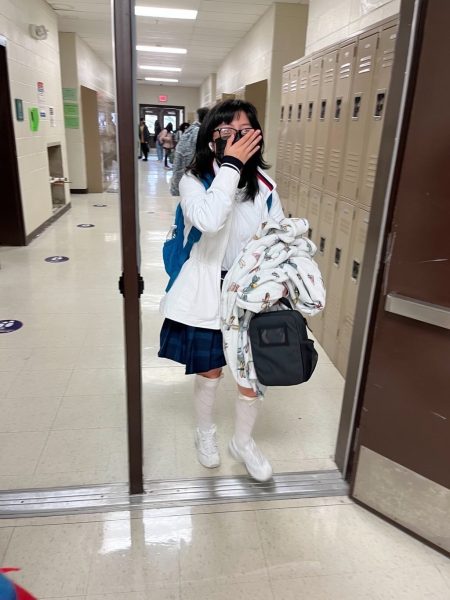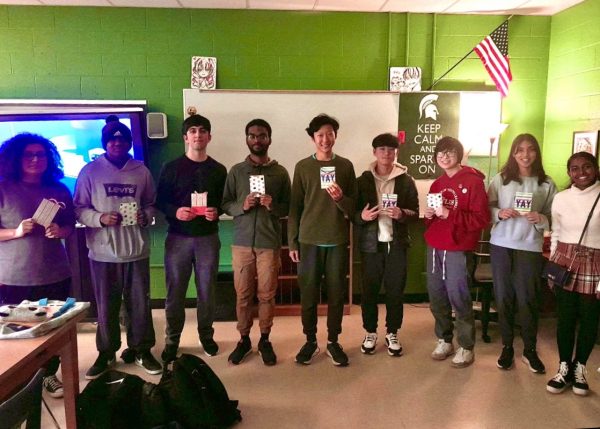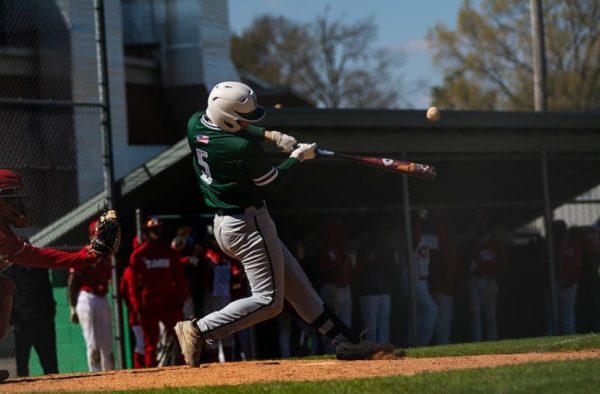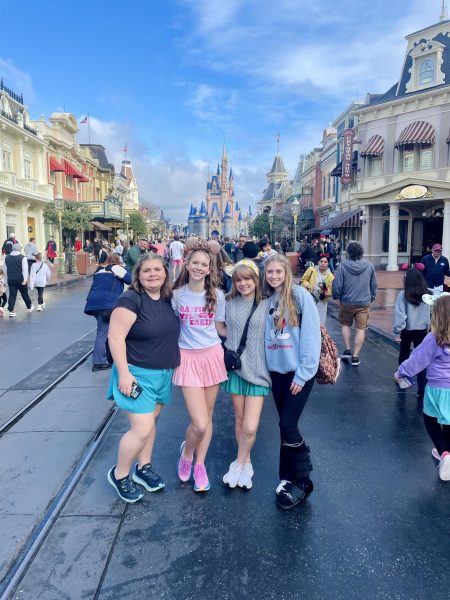Young Yanks
When the United States Men’s National Soccer Team played in the 2014 World Cup, something was different. Maybe it was because the tournament was in the Western Hemisphere for the first time since 1994, making games more convenient to watch for the casual American fan. Maybe it was because the U.S. made it through the “Group of Death” and pushed into the knockout rounds of the tournament. Maybe, though, it was something else. For the first time in many years, it looks like the U.S. has a long list of promising players ready to bring the country to glory.
When one says U.S. Men’s soccer, a few names come to mind: perhaps, strikers Clint Dempsey and Jozy Altidore and midfielder Michael Bradley. These players are the best players the American national team offers. However, for their club careers, these players all share one trait: they are decidedly average soccer players. All three only play in America’s middling soccer league, MLS. Even goalkeeper Tim Howard, the team’s stalwart, has steadily declined since his record-breaking 2014 World Cup for the U.S.
So what could be the reason for the lack of American soccer stars? Ultimately, it stems down to the lack of exposure soccer receives in America. The best high school athletes choose other sports, like basketball or American football, over soccer.
However, the USMNT may finally have a group of athletes ready to bring them to the top of the world’s soccer rankings. It starts with the defense, led by a trio of young prospects: Hertha Berlin’s John Anthony Brooks (23 years old), Tottenham Hotspur’s DeAndre Yedlin (22) and Chelsea’s Matt Miazga (20).
Brooks has been a mainstay in the American defense for a few years: his game-winning header for the U.S. in the 2014 World Cup to beat Ghana went down in American football lore. The German-American citizen has been in incredible form this year for his home club, Hertha Berlin, and is drawing interest from top German clubs including VFL Wolfsburg and FC Schalke 04.
Like Brooks, Yedlin also played on the American World Cup team two years ago, and the injection of pace he provided down the sides of the field proved crucial for the team. The Seattle-born fullback is currently playing for Premier League club Sunderland on loan from English heavyweight Tottenham Hotspur, and after a rough start to his English club career, has come on as of late.
The most intriguing prospect, however, of these three defenders is the Polish-American Miazga. In January, the relatively unknown Miazga was signed to Chelsea FC after a run of strong performances with the New York Red Bulls. With the coaching he will receive at the London-based club, the U.S. appears to have a defender that will be a first-team mainstay for the next ten years.
Despite how solid all three defenders are, none of them can make a claim to be the country’s most exciting prospect. Instead, that honor goes to seventeen-year-old Christian Pulisic. The Pennsylvania-born midfielder was bought by Borussia Dortmund, one of Europe’s top clubs, just after his sixteenth birthday. After a run of good performances for the Dortmund U17 and U19 squads, Pulisic was called up to the first team and in February recorded his first career European start against German heavyweight Bayer Leverkusen. It should be noted that Pulisic has dual-citizenship with the United States and Croatia and can choose which country to play for in the future, but for all stages of his career, the midfielder has chosen the American national team.
Pulisic, Brooks, Yedlin and Miazga may be leading the USMNT’s charge towards future world football relevancy, but they are far from the only ones in it. Promising striker Jordan Morris (21) recently began his senior career for the Seattle Sounders. Wingers Darlington Nagbe (25) and Kekuta Manneh (21) are both finishing their naturalization processes and should be eligible to play for the American national team within the year. Players like Julian Green (20), Rubio Rubin (20) and Gedion Zelalem (19) have already made the leap to play in Europe, and in Green’s case, already play for a top-flight club (Green plays for Bayern Munich, although he is currently on loan at Hamburger SV).
The future of American soccer looks brighter than it has in a long time. If the team’s successes continue, the sport will gain more fame and traction in America, drawing in more high school athletes. Who needs Freddy Adu anyways?
Your donation will support the student journalists of White Station High School. Your contribution will allow us to purchase equipment and cover our annual website hosting costs.



